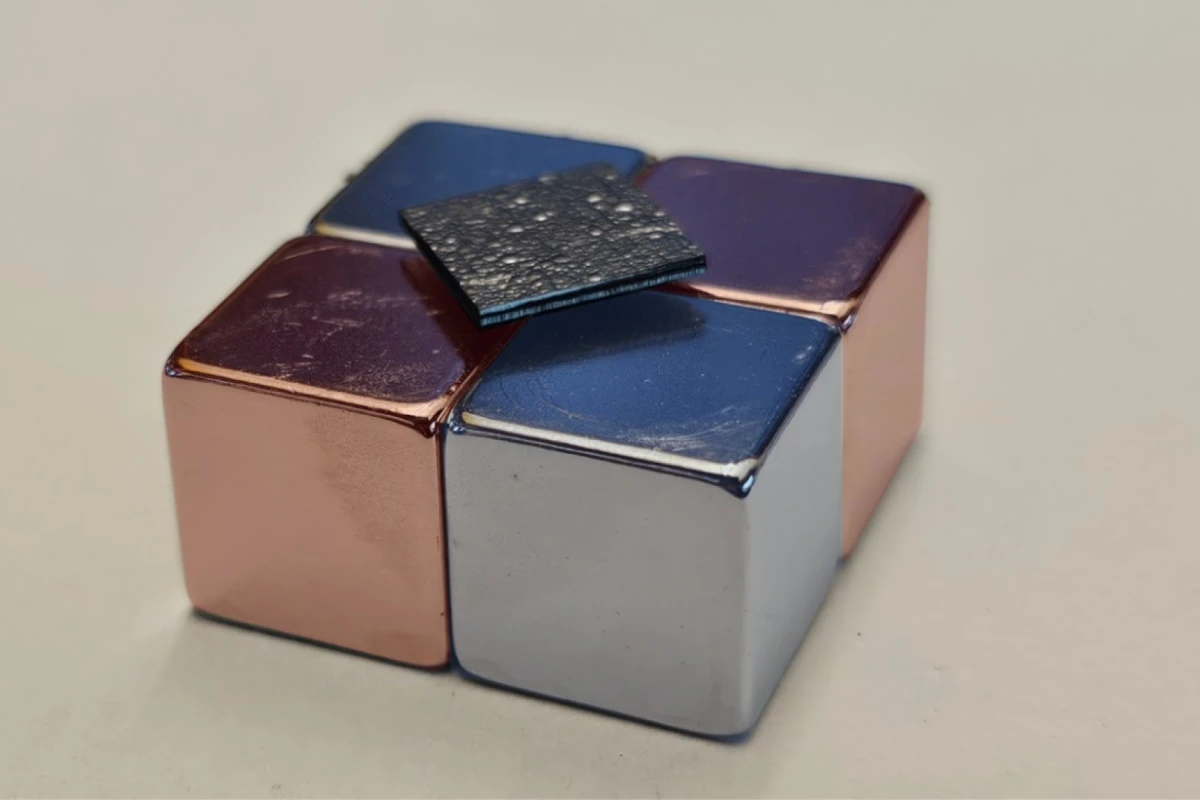Magnetic levitation is used to float everything from lightbulbs to trains, with varying levels of success, but usually it requires a power source. Now, scientists in Japan have developed a way to make a floating platform that requires no external power, out of regular old graphite.
If you’ve ever tried to push two magnets of the same charge together, you’ll understand the repulsive force at work. If the magnetic field is strong enough, objects made of certain materials (known as diamagnetic materials) can be made to effectively levitate above surfaces – which can be seen in plenty of showy levitating commercial products, from clocks to lamps to speakers. Higher-end tech uses superconductors to levitate heavier objects, enabling maglev vehicles that travel at high speeds with little friction.
The problem with all of these is that they require external power sources, and in the case of superconductors, close to cryogenic temperatures. So for the new study, scientists at the Okinawa Institute of Science and Technology (OIST) developed a low-cost material that can levitate above magnetic surfaces with no need for power.
It starts with regular old graphite, which is highly diamagnetic. That of course means it can levitate above magnets, but only for a short time – the flow of electrical currents through the graphite causes energy loss that quickly makes the levitating object fall. This phenomenon is known as eddy damping.

To prevent that, the team chemically coated the graphite particles with silica, which is electrically insulating. Finally, the coated graphite particles are mixed with wax and flattened into slabs measuring about 1 cm2 (0.2 sq in). In doing so, the graphite remains diamagnetic, but the insulation prevents the energy loss that would tank the levitation. And sure enough, in tests the silica-coated graphite platforms could levitate for long periods above a surface made up of magnets with alternating north- and south-poles.
The team says that this levitating platform system could lead to new types of sensors that measure force, acceleration and gravity. For even more precise quantum sensors, another version uses a feedback magnetic force to continuously correct the platform’s vertical movements, cooling it down to reduce its kinetic energy. The trade-off there, however, is that this does introduce the need for external power.
The research was published in the journal Applied Physics Letters. The levitating platform can be seen in action in the video below.
Source: OIST




